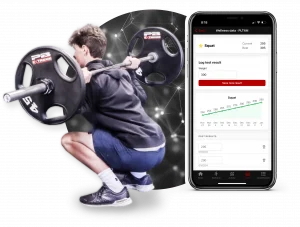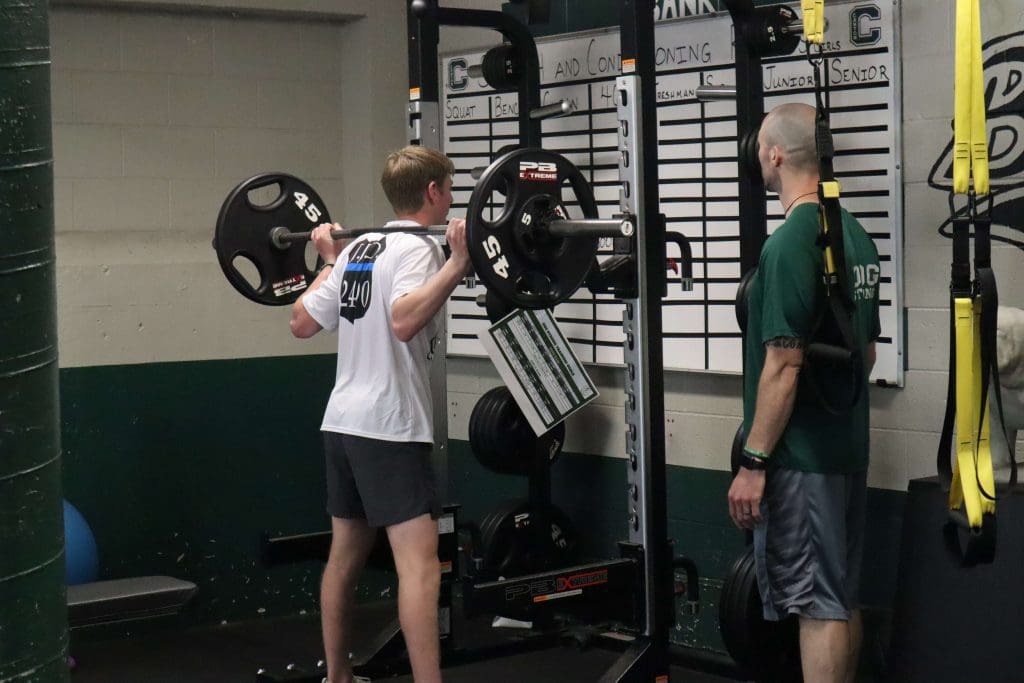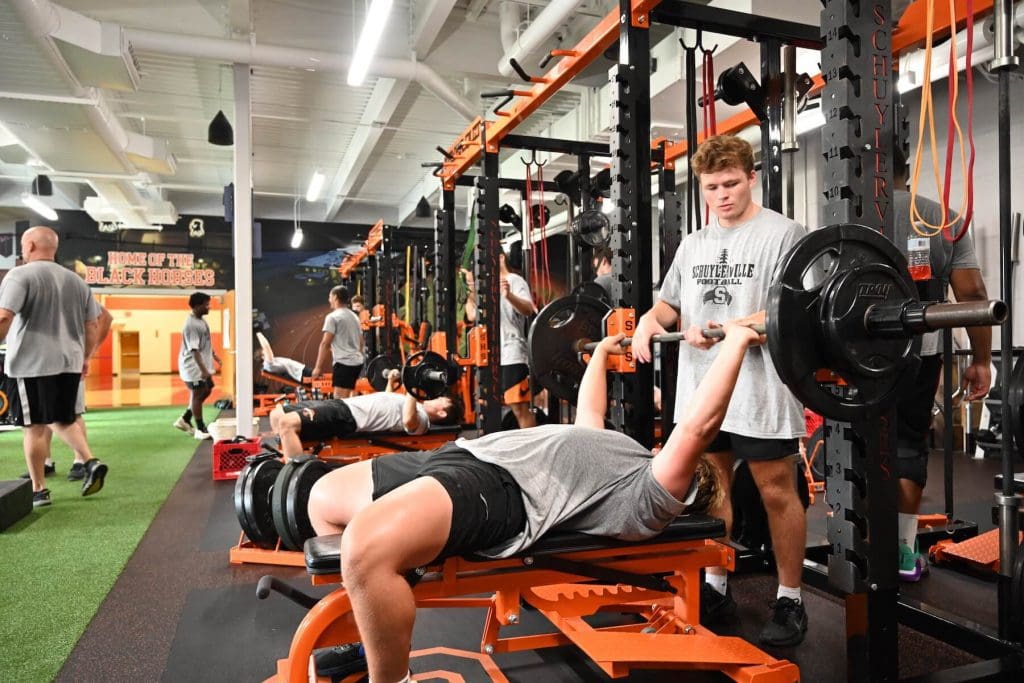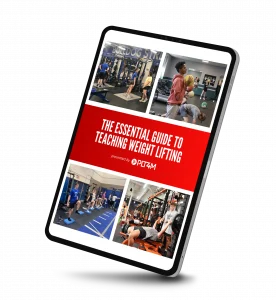When it comes to school fitness facilities, the weight room stands out as a hub for students to build strength, endurance, and confidence. However, the very nature of weightlifting calls for a heightened level of vigilance to ensure the safety of all who use it. Weight room safety is not merely a recommendation; it is an essential aspect for schools that requires careful planning, consistent oversight, and a cohesive culture.
Whether you’re a PE teacher, a coach, or a school administrator, understanding and implementing safety protocols is key to fostering a positive and safe weight training experience for students. Let’s explore the best practices that will help keep your school’s weight room a safe and productive space for all.
The Importance Of Weight Room Safety
The weight room can be an inspiring and empowering place for students of all backgrounds. From everyday fitness goers to student-athletes, strength training has a wide variety of short and long-term health and performance benefits.
If we can create a safe environment in the weight room, individuals will be more likely to continue weight training consistently in school with sports teams or in physical education classes. Additionally, after high school, students will see weightlifting as a viable and enjoyable lifetime fitness option.
Alternatively, if students perceive the weight room to be a dangerous place where they can get hurt or injured, then they will likely avoid it in school and beyond. If they see or experience weight room accidents and issues, then that is what students will associate with weight training programs in general.
Therefore, weight room safety is paramount to supporting students weight lifting journey.

What Does Weight Room Safety Mean?
Weight room safety is an ongoing endeavor for middle and high schools. More importantly, it entails everything from ensuring proper lifting techniques to establishing weight room rules and procedures to keep everyone safe. Additionally, weight room safety is about learning how to safely and effectively use, clean, and store equipment.
Do we expect every student to walk into the weight room with perfect form, like an Olympic weight lifter? No. But, we want to work towards good form so students lifting lighter weights or heavy weights are all safe and can avoid injury.
To achieve this, all stakeholders must invest and embrace the importance of weight room safety. While different groups like physical education classes and sports teams might approach weight training differently, there should be a shared understanding and expectation around weight room safety and all its parts. This means physical education teachers, sports coaches, athletic trainers, strength coaches, and administrators should all actively work together toward weight room safety.
Below are 3 keys to weight room safety for schools.
Free E-Book: Essential Guide to Teaching Weight Training
Our five essential steps to initiate or improve your weight training program. Filled with extra resources, videos, and real-life examples, don’t miss this free resource!
1) Weight Room Safety Starts With A Proper Introduction
Schools must start with a proper introduction to the weight room and resistance training to ensure weight room safety. While this can happen with sports coaches and teams, the best place to start this introduction is through physical education classes. By doing this, all students at the school, rather than a select few student-athletes, get a baseline understanding of the weight room and resistance training.
Two major components come with an introduction:
1) Introduce Students To The Room and its Parts
The weight room might feel like a second home to teachers and coaches who have been involved in resistance training for most of their lives. But for many students, walking into the weight room might feel like stepping onto another planet. Therefore, learning about the equipment and space is a crucial component to weight room safety.
From free weights and weight plates to different types of machines, students should explore and learn about what they are and how they work. This process also serves as the first introduction to weight room rules like cleaning, using, and putting away different equipment in the weight room.
2) Build A Strong Foundation With Proper Technique
As you introduce students to the space, they will also begin participating in their first weight training programs. While we (students and teachers) might be eager to max out and dive into workout programs, all students should start with an introduction to the basic elements of strength training exercises.
For example, below is a sample from PLT4M’s Intro To Strength Training program that breaks down the barbell bench press in all of its parts. This is students’ first introduction to a common weight room exercise, from setup and safety tips to executing the movement. Notice that we start with an empty barbell and spend ample time ensuring that proper form is established before we add lighter weights and eventually move to heavier weights.
2) Create Clear and Consistent Weight Room Rules
Hopefully, students will have a clear understanding of weight room rules from their introduction. But as we mentioned earlier, weight room safety is an on-going endeavor.
Therefore, it is important to have clear and consistent weight room rules that are applied to all the different groups coming into the weight room throughout the day and school year.
Examples of different weight room rules include:
Adult Supervision – Students and athletes must always be supervised by a coach, teacher, or other adult staff member in the weight room. No exceptions if it is before, during, or after school!
Safe Environment – Everyone is responsible for maintaining a safe and focused environment. No horseplay, pushing, distractions, etc!
Share The Space – All students and athletes are expected to work and share the space as a community. Being a part of a certain team, grade, or group does not give you priority to equipment or space. Work together so that we can all achieve our personal fitness goals.
Tidy Weight Room – Return equipment to appropriate places after use. Keep the floors and walkways clear to keep everyone safe when moving throughout the weight room.
Clean Equipment – Wipe down equipment or spaces after use, even if you don’t think you left it “that sweaty.”
No Food or Drink – Leave all food and drink outside of the weight room. Water bottles are allowed inside the weight room.
Appropriate Music – If playing music in the weight room, follow all school rules around language and music choice.
Wear Proper Workout Attire – (Each school should determine what they consider appropriate attire. Some schools will make clear rules about types of shoes while others will make recommendations but not prohibit students from the weight room if they don’t have the right shoes.)

Ready To Raise The Bar?
Our platform is the #1 choice for coaches and teachers looking to take their program to the next level. Learn how you can save time, improve results, and increase student engagement.
3) Safe and Effective Training Programs
The most important element of middle and high school weight room safety is students completing safe and effective training programs.
While many sports coaches and teachers might feel confident supervising the weight room and workouts, they might have less comfort and experience designing weight room programs and workouts.
First, if possible, an experienced professional should write and design workout programs. An athletic trainer or strength coach can help lead the charge of creating and writing workout programs. If this isn’t possible, a wide variety of professionally designed strength training programs like PLT4M can help assist in program and workout delivery.
But regardless of where you get your programming from, we must keep safety top of mind. While it can be tempting to have students load up the bar with heavy weights to hit a new PR on a particular exercise, students will face serious risk of potential injury when done incorrectly. Therefore, coaches, teachers, and administrators must work together to ensure that students in physical education classes and sports teams participate in reputable and effective training programs.

Key Takeaways on Weight Room Safety
Weight room safety might not be a sexy topic, but we all must take it seriously, especially when working with students and in schools.
When we prioritize weight room safety, we will see increased physical strength, reduced injuries, and increased participation in strength training across the student body.
Make the weight room a place where all students can succeed. Want to learn more about how PLT4M helps promote weight room safety through quality programs, videos, and technology? Reach out to learn more.











